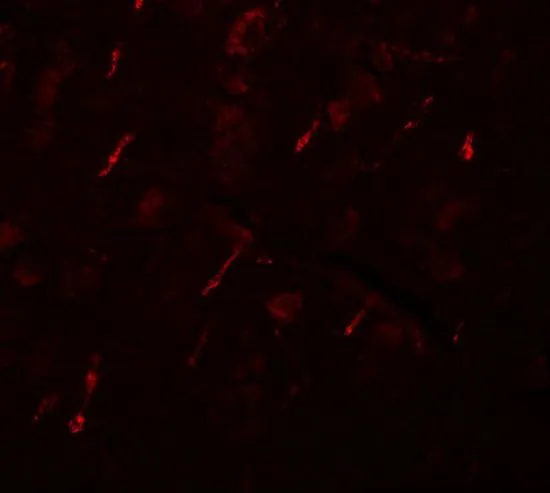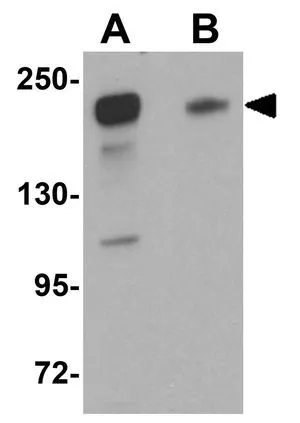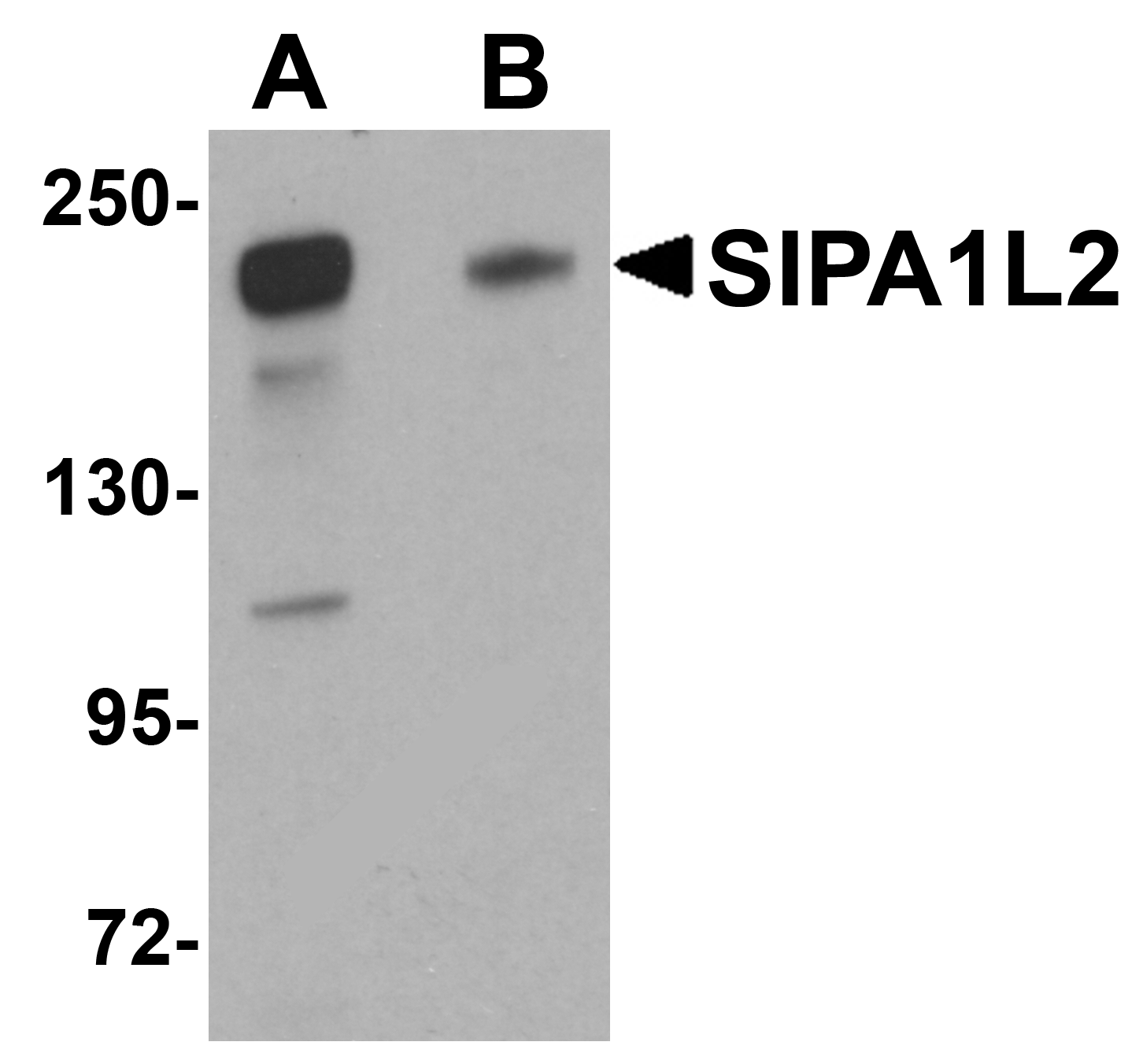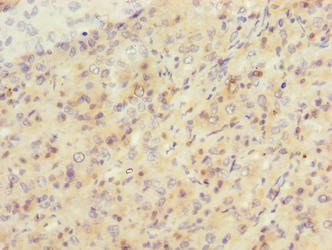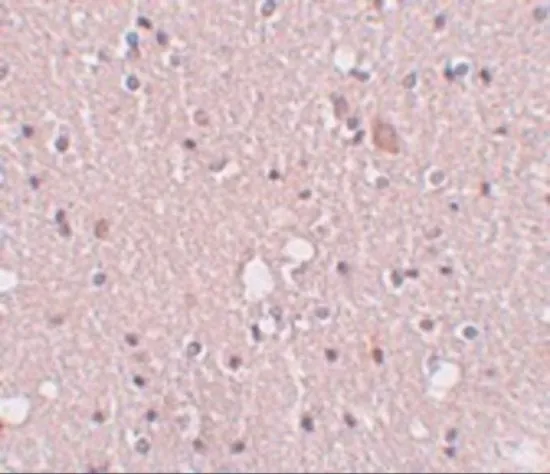
IHC-P analysis of human brain tissue using GTX85227 SIPA1L2 antibody. Working concentration : 5 microg/ml
SIPA1L2 antibody
GTX85227
ApplicationsWestern Blot, ELISA, ImmunoHistoChemistry, ImmunoHistoChemistry Paraffin
Product group Antibodies
TargetSIPA1L2
Overview
- SupplierGeneTex
- Product NameSIPA1L2 antibody
- Delivery Days Customer9
- Application Supplier NoteWB: 0.5 - 1 microg/mL. IHC-P: 5 microg/mL. *Optimal dilutions/concentrations should be determined by the researcher.Not tested in other applications.
- ApplicationsWestern Blot, ELISA, ImmunoHistoChemistry, ImmunoHistoChemistry Paraffin
- CertificationResearch Use Only
- ClonalityPolyclonal
- Concentration1 mg/ml
- ConjugateUnconjugated
- Gene ID57568
- Target nameSIPA1L2
- Target descriptionsignal induced proliferation associated 1 like 2
- Target synonymsSPAL2, SPAR2, signal-induced proliferation-associated 1-like protein 2, SIPA1-like protein 2, SPA-1-like 2, spine-associated RapGAP 2
- HostRabbit
- IsotypeIgG
- Protein IDQ9P2F8
- Protein NameSignal-induced proliferation-associated 1-like protein 2
- Scientific DescriptionSignal-induced proliferation associated-like protein 2 (SIPA1L2) is a member of the SIPA1 family of RapGAPs. Little is known of the role of the SIPA1L2 protein, but recent studies of SIPA indicate that its deregulation can cause myeloproliferative stem cell disorders in mice and increased metastases in human cancers. Other studies suggest SIPA1L1 may play important roles in embryo development and control of cell proliferation. Based on the amount of homology between SIPA family members, it is likely that SIPA1L2 plays a role in embryo development and cell proliferation, possibly including oncogenesis.
- Storage Instruction-20°C or -80°C,2°C to 8°C
- UNSPSC12352203

